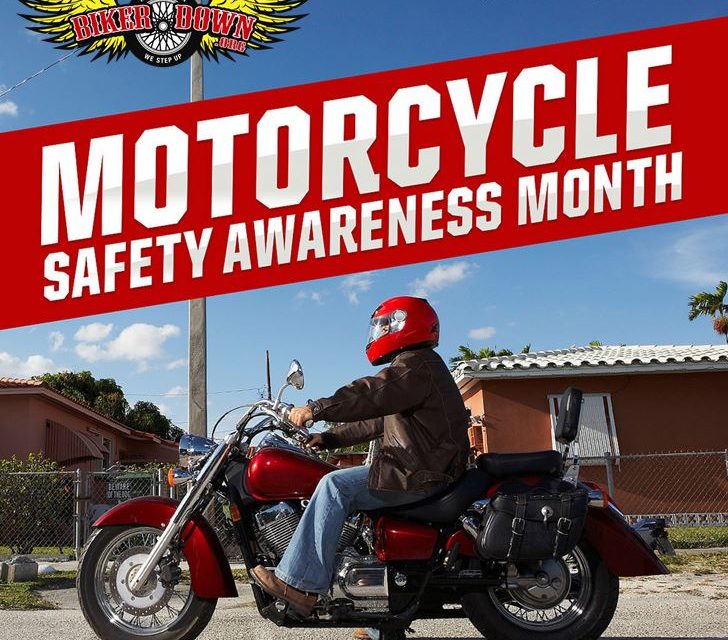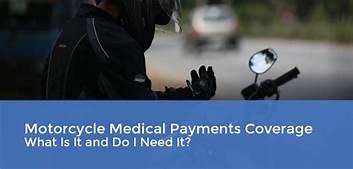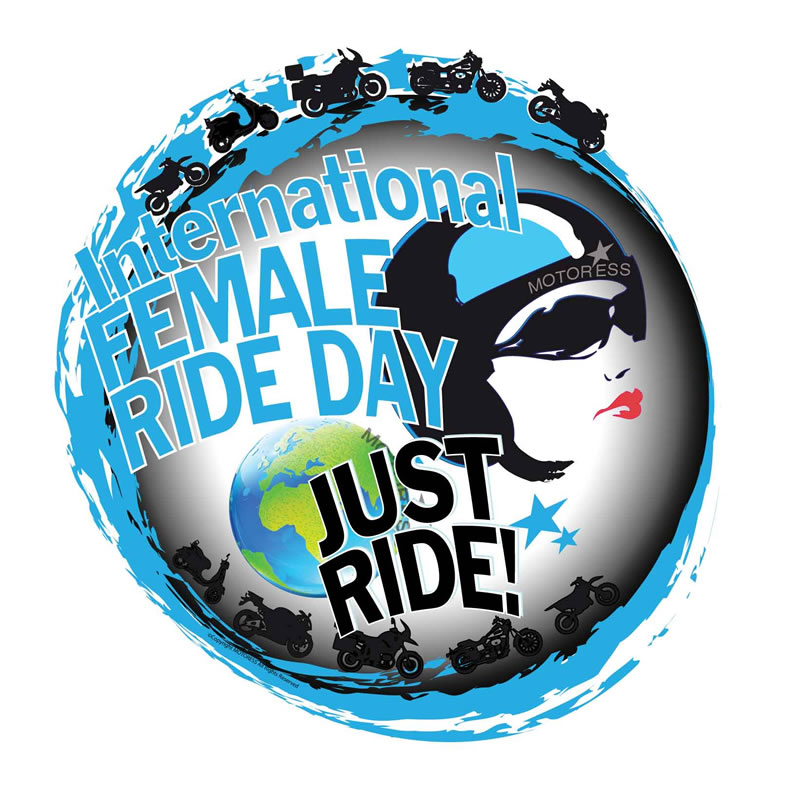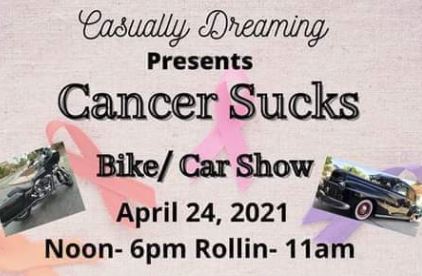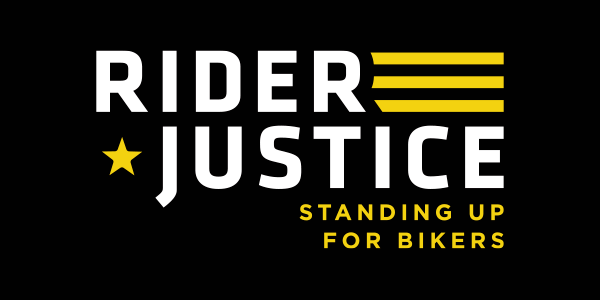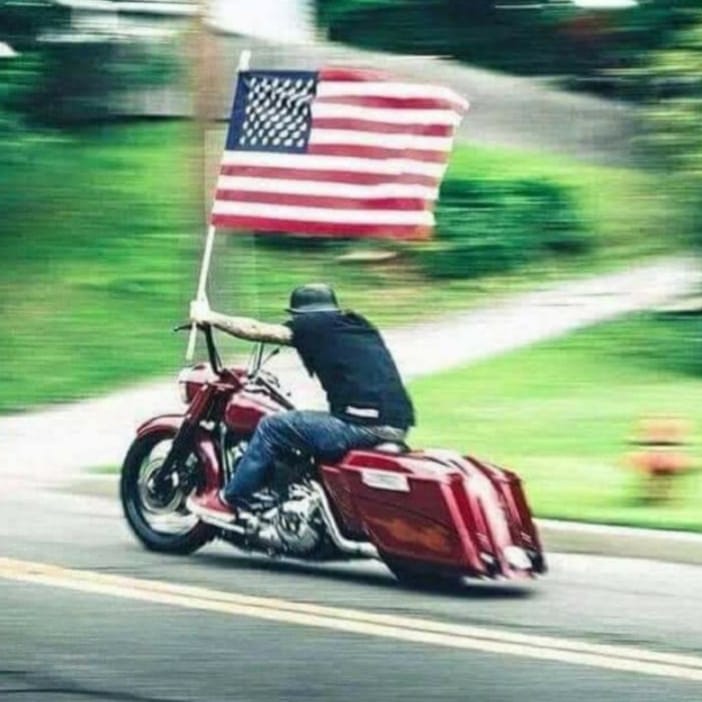
May is the National Motorcycle Awareness Month. But let’s face it, preaching “look twice, save a life” isn’t the most effective way to get car drivers to keep an eye out for motorcycles. They’re distracted by everything except your shiny new bike, and they’ve been told to “watch for motorcycles” since they got their driver’s license. Despite the ongoing educational efforts, every year the number of motorcycle injuries and fatalities grows.
So, what can we riders do to increase cagers’ awareness of us? Read on to learn a few ways to be seen on a motorcycle.

1. Wear bright colors and/or reflective materials
It’s no secret that wearing brighter colors makes you more visible to others in traffic. You don’t necessarily need a construction-looking high visibility vest, but being aware of the color or reflectiveness of your gear can go a long way. You can choose a white helmet over a black one, or pick gear with retro-reflective materials or strips of bright accent colors. No matter what your usual daily gear looks like, be sure to pick a high-resolution rain suit when you ride in low visibility conditions
2. Be extra careful in residential areas
How many times have you driven home from work only to think, “I don’t even remember driving home?” The closer a driver is to their home, the more likely they are to be on “autopilot.” Your brain tends to fill in “gaps” in perception when you are in areas you frequent, like your own neighborhood. When riding through residential areas, keep in mind that the car drivers around you have a high chance of not noticing things that aren’t usually there—you on your motorcycle being a prime example. Riders can do things like using hand signals in addition to their turn signals to make themselves more noticeable. Also, make sure every car is actually stopping before you turn in front of it.
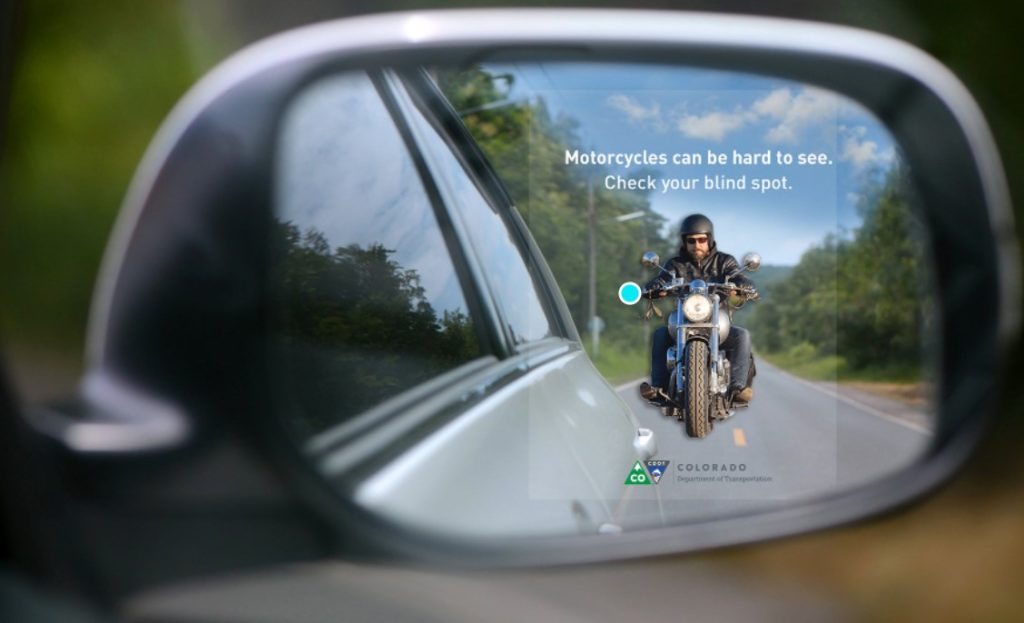
3. Use lane positioning to be more visible
You are probably familiar with the three basic lane positions you can take as a motorcyclist—lane position 1 being closest to the left, lane position 2 being in the middle of the lane, and positioning 3 being to the far right. Depending on the riding conditions, you can change lane positions to be more visible. Let’s look at two scenarios.
Scenario 1:
You’re following a car at a safe distance of 20 feet at 30 mph. The car is actually a service van and you are riding in lane position 1, which is the ideal spot in terms of visibility. You’re visible in the van’s rearview mirror and the left side mirror. You’re also in the most visible spot for oncoming traffic. Now imagine you’re approaching an intersection and there’s a car waiting to pull out from the right side. You’re completely invisible to that driver. Momentarily moving to lane position 3 will provide a better chance of that second driver seeing you. Once you’re clear of the danger zone, you move back to lane position 1.
Every situation is different, of course, and moving to lane position 3 might not always be the best move. Next time you are out riding/driving, practice analyzing potential situations when you might want to adjust lane position to increase your visibility to others around you.
Scenario 2:
You’re riding along with no vehicles in front of you. As you approach a small intersection, you notice a car on the left waiting to cross. The vehicle hasn’t come to a complete stop, and you can see the wheels moving forward slowly. You sense that the car driver does not see you. Moving from lane position 1 to lane position 3 and back a few times (a gentle weave pattern) may be just enough movement to catch that driver’s eye.
Changing lane position at the appropriate time can be extremely beneficial for highway visibility in many situations. Practicing this on a regular basis increases your chances of avoiding collisions.
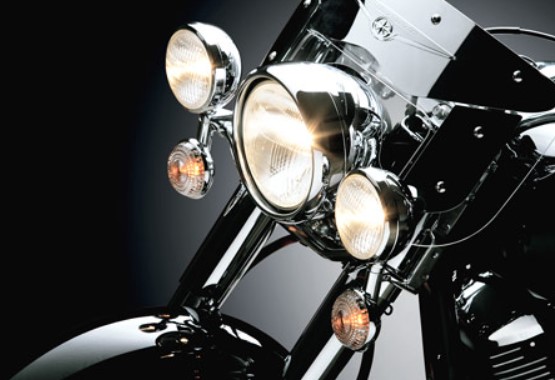
4. Increase your front and rear lighting
This topic is worthy of its own blog post. Let’s just say that having more lights (front and rear) helps drivers notice you. There are lots of options and opinions for adding lights. Your particular motorcycle and riding habits might warrant a different setup from other riders.
In the front, you’ll want additional lights to be more noticeable to oncoming traffic. Generally speaking, a set of auxiliary lights mounted lower than your stock headlight will do the trick. But, be careful when picking out extremely bright lights since they can blind oncoming vehicle drivers at night. Choose lights that give you the ability to dim to a low beam setting. There is a great YouTube video of some of the things a rider can do when riding at night, please click here to watch this video.
Tail and running lights on motorcycles are often hard to see. Add poor weather conditions and you have a recipe for rear-end collision. An auxiliary brake light mounted below or to the side of the license plate is a quick way to add extra bright running and brake lights to the rear of the bike.
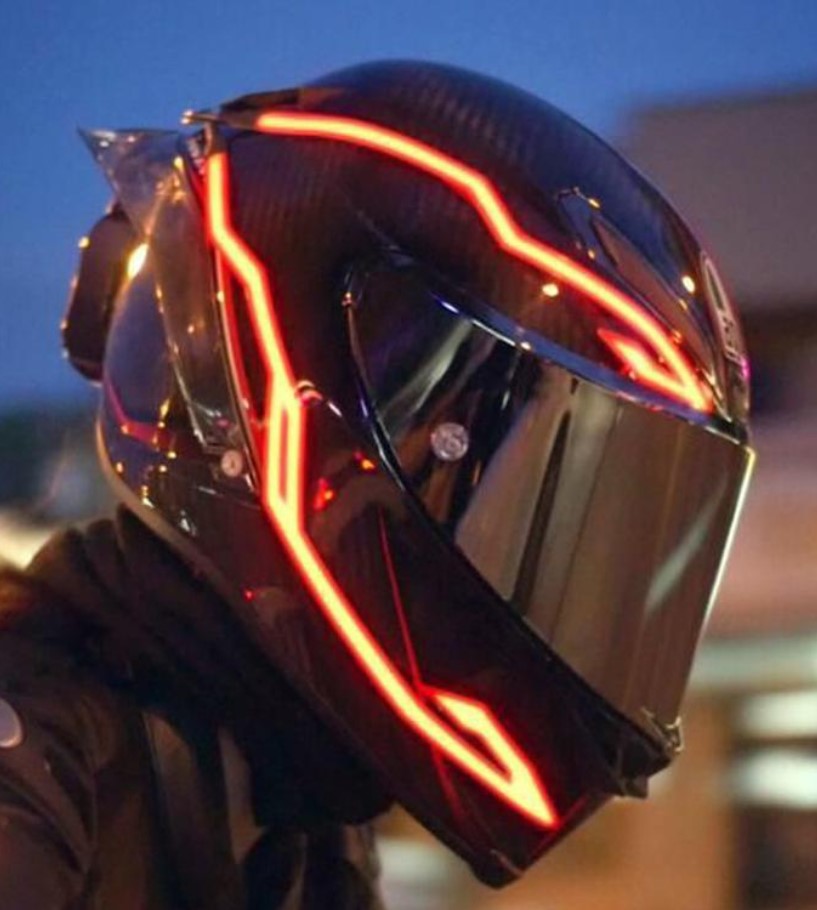
To make the rear of your helmet more attention-grabbing, many helmet manufacturers are coming out with LED lighted helmets to enable drivers to see you better at night.
Brake light modulation is also a great way to be noticed from the rear. You can do it manually by pressing and releasing the brake lever a few times to flash the brake light as you begin to slow down. Brake modulators can also help achieve this effect automatically.
5. Use accessory management systems
6. Honk your horn
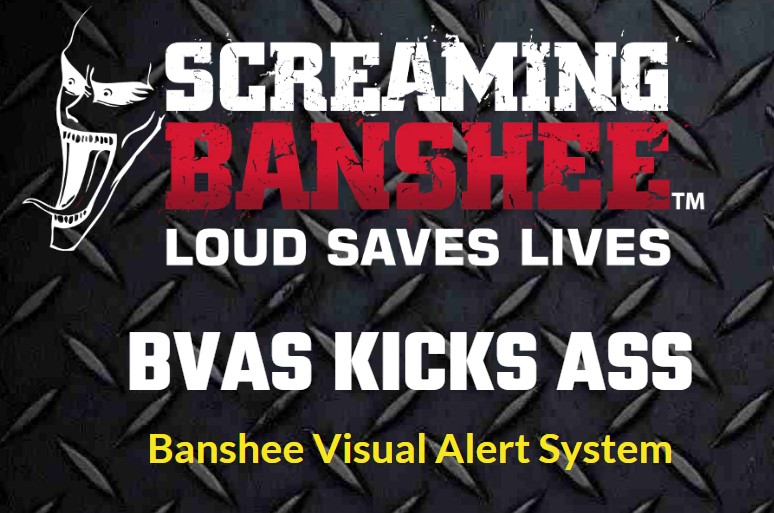
If you have ever ridden in other countries, you may have noticed that drivers use their horns for reasons other than letting everyone know you are ticked off. In many places, a quick toot of the horn simply lets nearby motorists know you are there. After a riding trip in South America, I adopted this technique and now I use it any time I am commuting through congested traffic. Most stock motorcycle horns are pretty wimpy, though. If you want to make sure you are heard, replace your stock horn with a BVAS Screaming Banshee horn for your motorcycle.
The Screaming Banshee will give you 126 Decibels loud, which is louder than any stock horn coming out of the OEMs, it fits on all size motorcycles. It is reasonably priced and as an avid rider myself, I would not have a bike without a Screaming Banshee on it for safety. For more information, watch this YouTube video and then compare it to your stock horn. Most recently, I was riding in the back of the pack and 1 deer was on the road, but I could see the other 4 or 5 deer that were following. Being 3 bikes back, I hit my Screaming Banshee horn to alert my husband and other riders to be aware.

